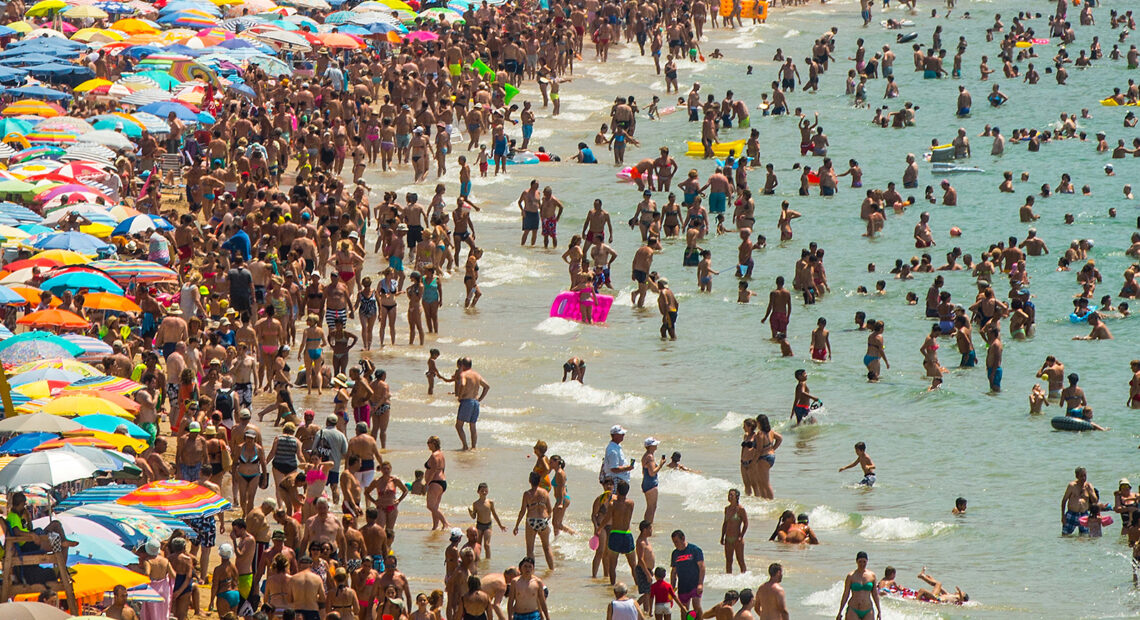Who Owns the Beaches? A Look into Beach Ownership

Beaches are natural wonders that attract millions of visitors each year, offering relaxation, recreation, and scenic beauty. But have you ever wondered who actually owns these sandy shores? In this blog post, we will delve into the complex topic of beach ownership, exploring various ownership models and shedding light on the rights and responsibilities associated with owning a beach.
- Public Beaches: Public beaches are owned by the government, typically at the local or state level. These beaches are open to the public and are often managed by government agencies or designated authorities. Public ownership ensures that everyone can enjoy the beach, regardless of their socio-economic status.
- Private Beaches: Private beaches, on the other hand, are owned by individuals, corporations, or organizations. These owners have exclusive rights over the beachfront property and can restrict access to their beach. Private beaches are more common in areas with a high concentration of luxury resorts, vacation homes, or gated communities.
- Easements and Public Access: While some beaches are privately owned, certain jurisdictions have laws in place to ensure public access to these areas. Easements are legal mechanisms that grant public access through private beachfront properties. These easements can be permanent or temporary, allowing individuals to traverse or use portions of private beaches while respecting the rights of the owners.
- Customary Use Laws: In some regions, customary use laws recognize public access rights to beaches based on long-standing traditions. These laws consider beaches as public domains, even if they are situated in front of private properties. Customary use laws can be controversial, leading to legal disputes between beachfront owners and the public seeking access.
- Crown Land and Sovereign Ownership: In certain countries, the beaches may be considered part of the “crown land” or sovereign territory. This means the beaches are owned by the government on behalf of the nation or the monarch. Access rights and regulations vary, but generally, these beaches are open to the public.
- Indigenous Lands and Traditional Ownership: In regions with indigenous populations, beaches may be owned and managed by indigenous communities based on traditional ownership rights. These communities have historically cared for the land and may have their own regulations for beach access and usage.
The ownership of beaches is a complex issue, with a diverse range of models and legal frameworks across different jurisdictions. Public beaches offer open access for all, while private beaches allow exclusive rights to owners. Easements and customary use laws aim to balance public access with private ownership. Additionally, crown land and indigenous ownership add further dimensions to the concept of beach ownership. Understanding the intricacies of beach ownership helps us appreciate the importance of public access, environmental stewardship, and the preservation of our natural coastal treasures.
Picture Courtesy: Google/images are subject to copyright








